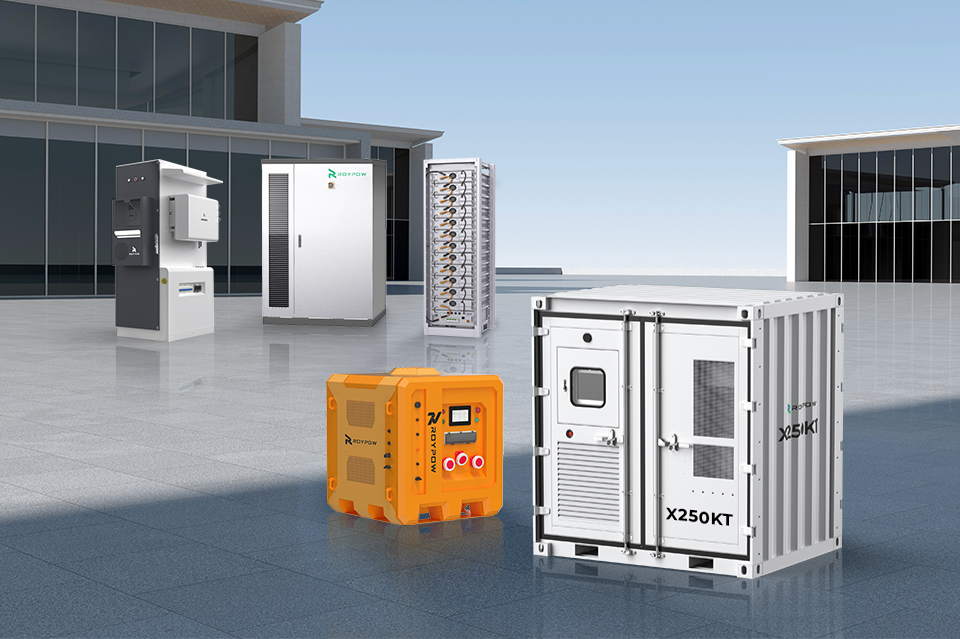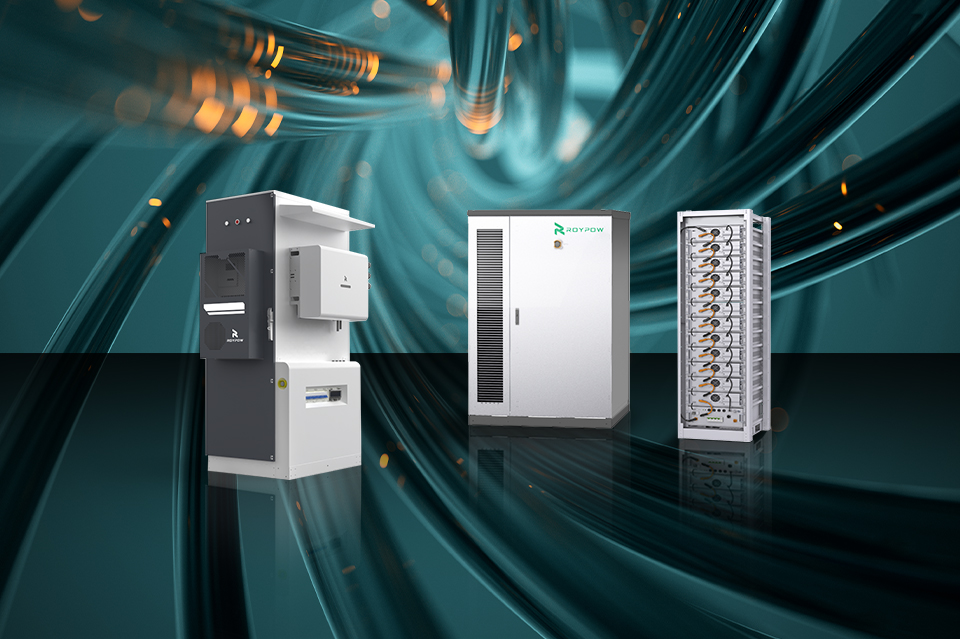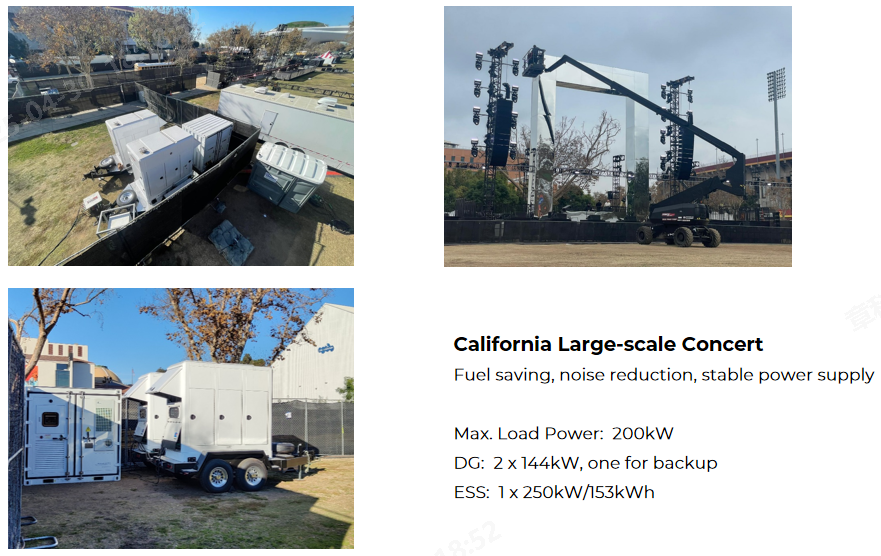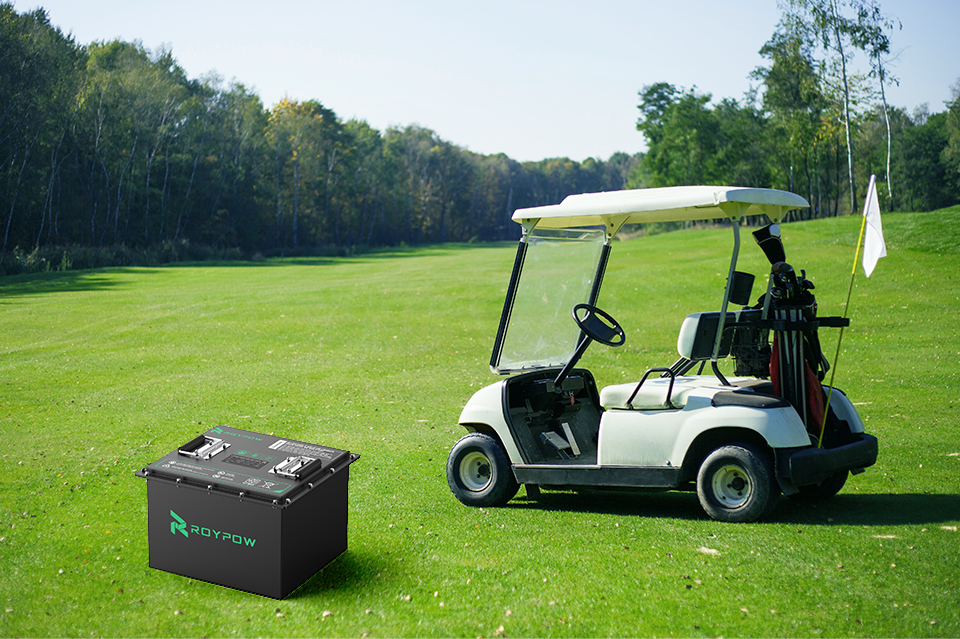As global energy demands grow and sustainability targets intensify, Commercial and Industrial (C&I) Energy Storage Systems (ESS) are emerging as critical assets for businesses across industries. Not only do they lower operational costs and enhance energy resilience, but they are also transforming how traditional backup systems like diesel generators are deployed and optimized.
Far from replacing diesel generators outright, C&I ESS often work in tandem with them, creating hybrid energy systems that combine the clean, sustainable operation of batteries and intelligent management with the robust, extended backup capabilities of diesel engines. Together, they enable businesses to optimize energy use, maximize reliability, improve operational flexibility, and dramatically reduce carbon footprints.
This article offers a detailed overview of the various application scenarios of C&I energy storage systems, with a particular focus on their synergy with diesel generators.
Application Scenarios of C&I Energy Storage Systems
1. Peak Shaving: Reducing Generator Runtime and Enhancing Efficiency
Traditionally, diesel generators have been used to manage peak loads or to supplement power when demand exceeds a facility’s grid connection capacity. However, running generators at partial load is highly inefficient and leads to greater fuel consumption, wear and tear, and emissions.
C&I energy storage systems optimize generator use by managing short-term peaks without firing up diesel units unnecessarily. Batteries handle rapid, short bursts of demand, while generators are reserved for sustained high loads, operating in their optimal efficiency range.
2. Demand Response Participation with Diesel-Battery Hybrids
Facilities equipped with both diesel generators and C&I ESS can participate more actively and flexibly in Demand Response (DR) programs. In the event of a grid call to reduce load, the C&I energy storage system can instantly respond, and if longer duration is needed, the diesel generator can take over seamlessly.
This approach preserves the integrity of operations while maximizing revenues from DR programs.
3. Energy Arbitrage and Smart Generator Dispatch
In many regions, especially where Time-of-Use (ToU) electricity rates fluctuate significantly, energy arbitrage becomes a key opportunity. By charging the battery from the grid or the generator during low-rate periods and discharging during peak periods, facilities can optimize both costs and diesel generator operations.
Hybrid dispatch algorithms determine the most economical times to run generators versus drawing from storage, considering fuel costs, electricity prices, and system efficiency.
4. Renewable Energy Integration and Diesel Offsetting
Adding renewables like solar or wind to existing generator-powered sites can dramatically lower fuel dependency. However, because renewable energy is variable, pairing it with both energy storage and diesel generators ensures reliability.
The battery system stores excess renewable energy and supplies it when needed, while the generator serves as a backup during extended low-solar or windless periods.
5. Backup Power: Smoother Transition and Extended Autonomy
Diesel generators have been the standard for backup power in mission-critical operations. However, during grid outages, there is often a lag (even a few seconds) between grid failure and generator startup, which can be problematic for sensitive equipment.
C&I ESS solves this issue by providing instantaneous backup — bridging the gap until the diesel generator ramps up — or even maintaining operations alone for short-term outages, minimizing generator starts.
6. Microgrid Resilience: Advanced Diesel-ESS Microgrids
Microgrids, especially in remote areas, often integrate batteries, renewables, and diesel generators to create highly resilient, flexible energy systems.
In such configurations, battery ESS units handle daily fluctuations and short-duration energy gaps, while diesel generators are triggered only when storage is depleted or in prolonged periods of low renewable generation. Advanced microgrid controllers ensure seamless coordination between assets.
7. EV Charging Infrastructure Support
The rapid deployment of EV charging, particularly fast-charging stations, puts immense pressure on existing infrastructure. Where grid connection capacity is insufficient and upgrading is cost-prohibitive, a combined battery and diesel generator solution can effectively meet peak demand without massive grid investments.
8. Supporting Grid Services with Hybrid Systems
In certain markets, facilities can offer grid stabilization services such as frequency regulation or voltage support. Battery systems respond almost instantaneously to these needs. However, for longer duration services, a diesel generator can be scheduled to maintain energy delivery, especially during long-duration ancillary events.
9. Infrastructure Upgrade Deferral
In regions with limited grid capacity, diesel generators are often installed to avoid expensive upgrades. Combining batteries with generators ensures that infrastructure upgrades can be deferred for longer periods.
The ESS smooths out consumption patterns, mitigating grid stress, while the generator provides backup only when absolutely necessary.
10. Achieving Sustainability Goals with Reduced Generator Emissions
While diesel generators are indispensable in many C&I facilities, they are a significant source of carbon emissions. By using energy storage systems strategically alongside diesel generators, businesses can dramatically reduce generator runtime, lower Scope 1 emissions, and advance ESG targets without compromising reliability.
ROYPOW Case: Powering Large Events with Energy-Efficient & Cost-Effective ESS
The C&I energy storage systems have been proven successful in many cases. For instance, in a recent large-scale concert event in California, ROYPOW demonstrated how its energy storage system (ESS) works perfectly with diesel generators to reduce fuel consumption and operational costs.
ROYPOW provided a 250 kW / 153 kWh Diesel Generator Hybrid Energy Storage System for a rental service supplier, working in conjunction with the supplier’s two 144 kW diesel generators (one serving as backup) to support a peak 200 kW load during the concert.
By intelligently managing the diesel generators to consistently output with the lowest BSFC (Brake-Specific-Fuel-Consumption) after each start-up, ROYPOW C&I ESS solutions helped lower fuel consumption and ensure a stable power supply. Moreover, the integration of ROYPOW’s hybrid energy storage system eliminates the need to oversize the diesel generators. This significantly lowers the operation cost and, in the long term, reduces the total cost of ownership (TCO), making it a smart investment for rental companies.
Conclusion: Hybrid Energy Systems Are the Future
C&I energy storage systems are not merely “battery backups” — they are sophisticated, intelligent energy assets that enhance, optimize, and transform the role of diesel generators within modern energy ecosystems.
By working in synergy, batteries and diesel generators deliver:
- Enhanced energy resilience
- Lower operating costs
- Reduced environmental impact
- Increased participation in energy markets
- Future-proofing against grid instability and evolving regulations
For industries where energy security, cost optimization, and sustainability are all priorities, hybrid systems combining C&I ESS and diesel generation are fast becoming the gold standard.
As battery technology advances, controls become smarter, and carbon constraints tighten, the future belongs to businesses that invest in these integrated, flexible, and sustainable energy solutions today.
Frequently Asked Questions (FAQs) about C&I Energy Storage Systems
1. What is a C&I Energy Storage System?
A C&I (Commercial and Industrial) Energy Storage System is a battery-based energy storage solution tailored for facilities such as construction sites, mines, industrial parks, factories, data centers, and hospitals. It enables more efficient energy management, reduces operational costs, provides reliable backup power, and supports the integration of renewable energy—contributing to more sustainable and resilient operations.
2. How does energy storage benefit commercial and industrial users?
Key benefits include:
Peak shaving and demand charge reduction
Backup power during outages
Load shifting to cheaper off-peak times
Better integration with renewable energy like solar or wind
Improved power quality and reliability
3. Can C&I energy storage systems work with diesel generators?
Yes. C&I systems are often hybridized with diesel generators to improve fuel efficiency, reduce emissions, and extend generator life. The C&I system provides instant power and handles smaller loads, allowing the generator to run only when needed or at optimal loads.
4. What is the advantage of using a Battery + Diesel Generator hybrid system?
Fuel Savings: Batteries reduce diesel runtime, lowering fuel consumption
Faster Response: Batteries provide instant power while generators ramp up
Extended Generator Lifespan: Reduced wear and tear from cycling
Lower Emissions: Fewer emissions by minimizing generator use
5. Is C&I energy storage cost-effective?
Yes, especially in regions with high demand charges, unreliable grids, or incentives for clean energy. While the upfront cost can be high, the ROI is often strong through:
Reduced energy bills
Fewer outages and downtimes
Participation in grid services (e.g., frequency regulation)
6. What industries are best suited for C&I energy storage systems?
Construction sites
Warehouses and logistics centers
Shopping malls
Data centers
Hospitals and healthcare facilities
Remote mining or construction sites
Telecom infrastructure
Schools and universities
PV charging stations
7. How large should a C&I energy storage system be?
It depends on your load profile, backup power needs, and goals (e.g., peak shaving vs. full backup). Systems can range from tens of kilowatt-hours (kWh) to multiple megawatt-hours (MWh). A detailed energy audit helps determine the optimal size.
8. How are C&I energy storage systems controlled and managed?
Advanced Energy Management Systems (EMS) monitor energy flows in real-time and optimize usage based on electricity prices, load demands, and system status. Many EMS platforms include AI or machine learning for predictive optimization.
9. Can C&I systems participate in energy markets?
Yes, in many regions they can offer services like:
Frequency regulation
Voltage support
Capacity reserves
Demand response programs
This creates an extra revenue stream.
10. What types of batteries are used in C&I energy storage?
The most common are:
Lithium-ion (Li-ion): High energy density, fast response, long lifespan
LFP (Lithium Iron Phosphate): Safer, thermally stable, popular in industrial use
Flow Batteries: Long duration, better for larger systems
Lead-acid: Cheaper but heavier and shorter-lived
11. Are there government incentives for installing C&I energy storage?
Yes. Many countries offer tax credits, grants, rebates, or feed-in tariffs to encourage adoption. These policies help offset the capital cost and improve project viability.
12. Can a C&I energy storage system run completely off-grid?
Yes. With sufficient battery capacity and/or backup generators, off-grid operation is possible. This is especially useful for:
Remote locations
Areas with unreliable grid power
Mission-critical operations requiring continuous uptime
13. What is the typical lifespan of a C&I energy storage system?
Lithium-ion batteries: 8–15 years depending on usage
Lead-acid: 3–5 years
Flow batteries: 10–20 years
Most systems are designed for thousands of charge-discharge cycles.
14. How do you maintain a C&I energy storage system?
Regular software updates and monitoring
Periodic inspections of inverters, HVAC, and battery condition
Remote diagnostics via EMS
Warranty services and predictive maintenance for critical components
15. What safety features are included in C&I energy storage systems?
Battery Management System (BMS)
Fire detection and suppression
Thermal management systems
Remote shutoff capability
Compliance with international safety standards (e.g., UL 9540A, IEC 62619)




























